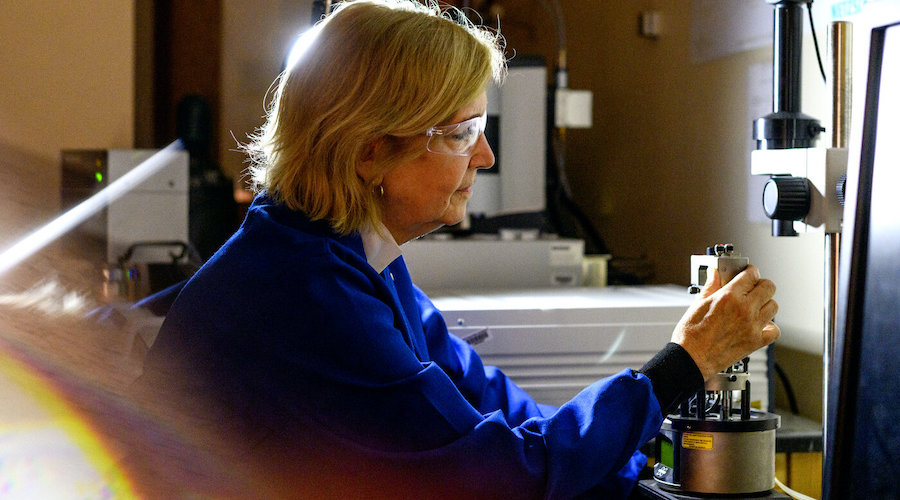
Engineers at Northeastern University have patented a process to accelerate the production of a mineral known as tetrataenite, whose magnetic properties make it a leading candidate to replace magnets made of rare earths.
Tetrataenite is not found in nature—at least, not on earth. It is only found in meteorites. This means that making the cosmic mineral requires manipulating the atomic structures of its iron and nickel components by arranging them into a crystal structure that resembles tetrataenite, thus speeding up a natural process that would take millions of years on our planet.
“The iron and nickel atoms have to rearrange themselves. And nature will do it, but it will take millions of years to do,” Laura Lewis, one of the researchers involved in the study, said in a media statement. “So if we can do it in industrially relevant time scales, we will have a nice new addition to the permanent magnet portfolio.”
According to Lewis, decoupling the scarce materials from magnet production not only provides sorely needed supply chain relief—there simply aren’t enough magnets to meet the world’s energy needs—but it will help rebalance geopolitical tensions by easing the US dependence on Chinese rare earths.
China controls close to 80% of the world’s rare earths supply, while global demand for REE magnets is expected to reach $37 billion by 2027.
In Lewis’ view, however, having a single source of REEs is not the only issue at hand.
“It’s beyond just scarcity,” she said. “Because the methods necessary to process the ore that comes out of the earth are really environmentally hazardous—I would say even damaging. And for many decades, China not only has had a large supply of these rare earths but the means and will to produce them.”
The researcher mentioned that while China has been using rare earths to meet the needs of its own green revolution, its virtual monopoly presents an obstacle to other nations looking to get their hands on the materials.
Industrial permanent magnets are used to transfer energy from mechanical to electrical sources. The list of technologies that rely on magnetic flux includes electric cars, wind turbines, computer hard drives, speakers, and military radars, among other devices and applications.
“They’re absolutely everywhere,” Lewis pointed out. “Once you start pulling things apart, you’re going to find them everywhere.”
She and her team are, therefore, tasked with “discovering nature’s rules for the creation of competitive magnetic materials comprised of non-critical elements.”
Lewis is also a delegate to two US technical advisory groups representing the American National Standards Institute in the International Standards Organization. The advisory groups she contributes to focus on managing the supply chains for critical elements linked not just to rare earths, but also materials such as lithium that are used in both household and industrial technologies.
“I’ve been meeting with my counterparts in China, Japan, Korea, Australia, and Europe to figure out how to fix these supply chains,” Lewis said.